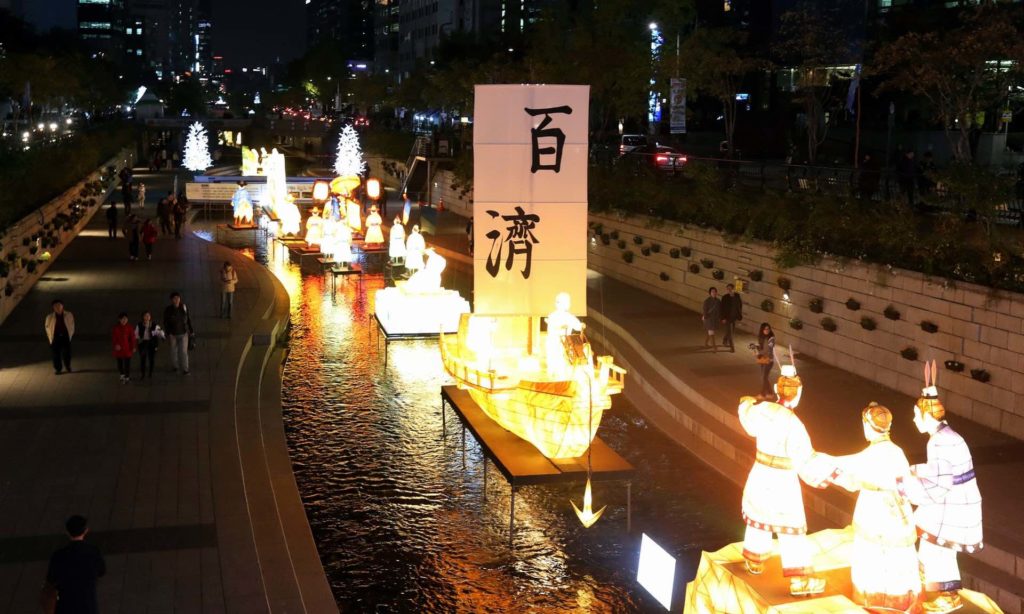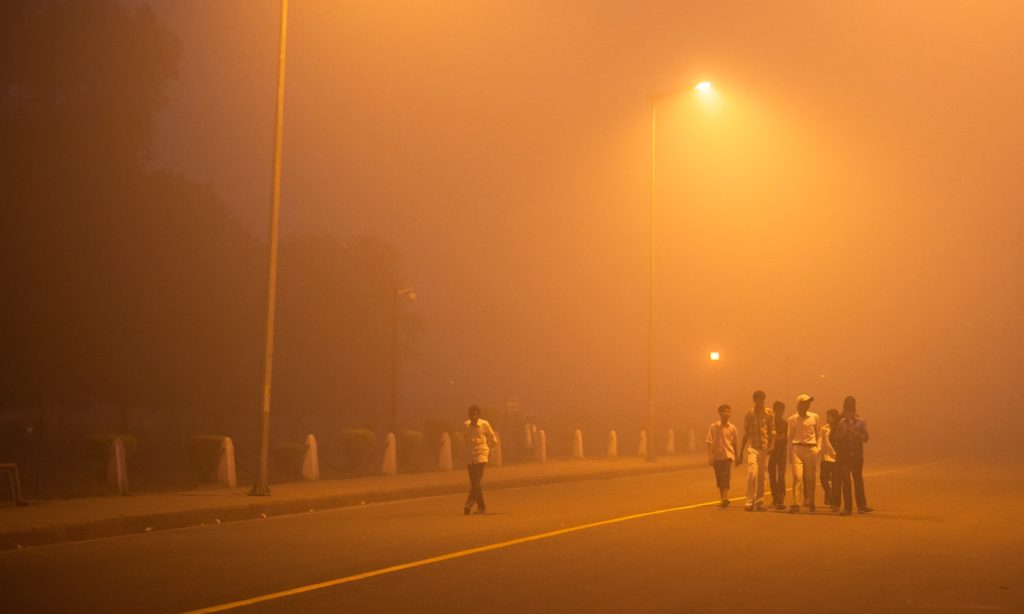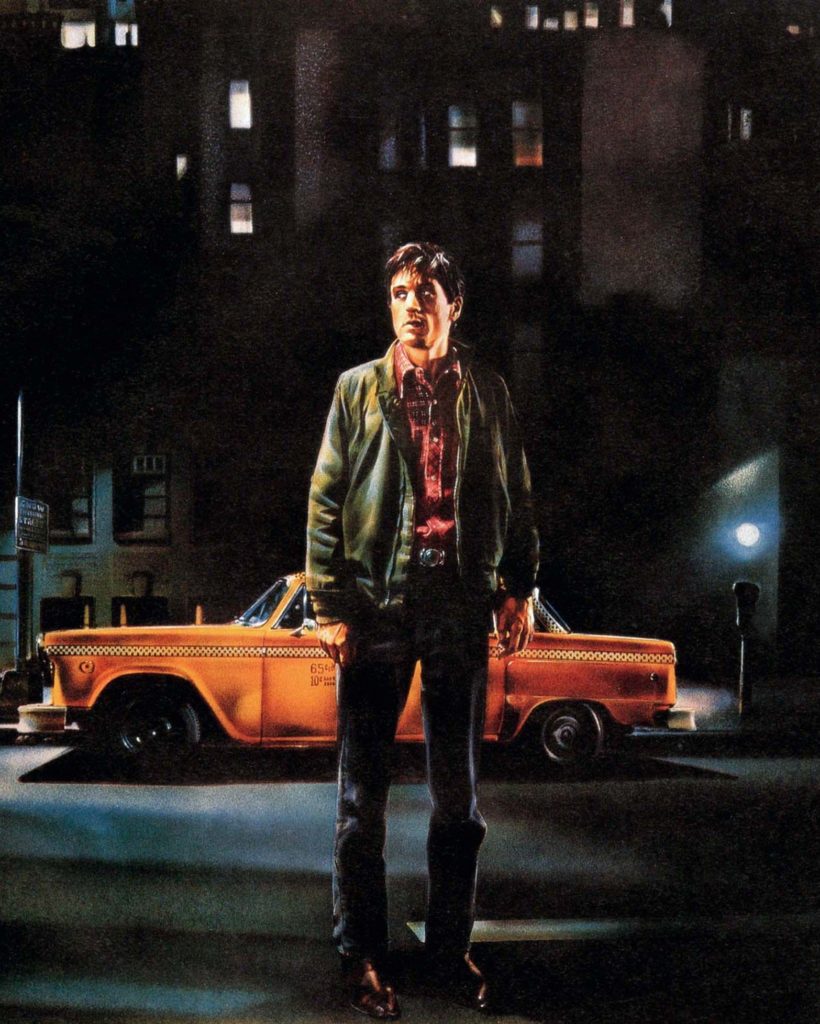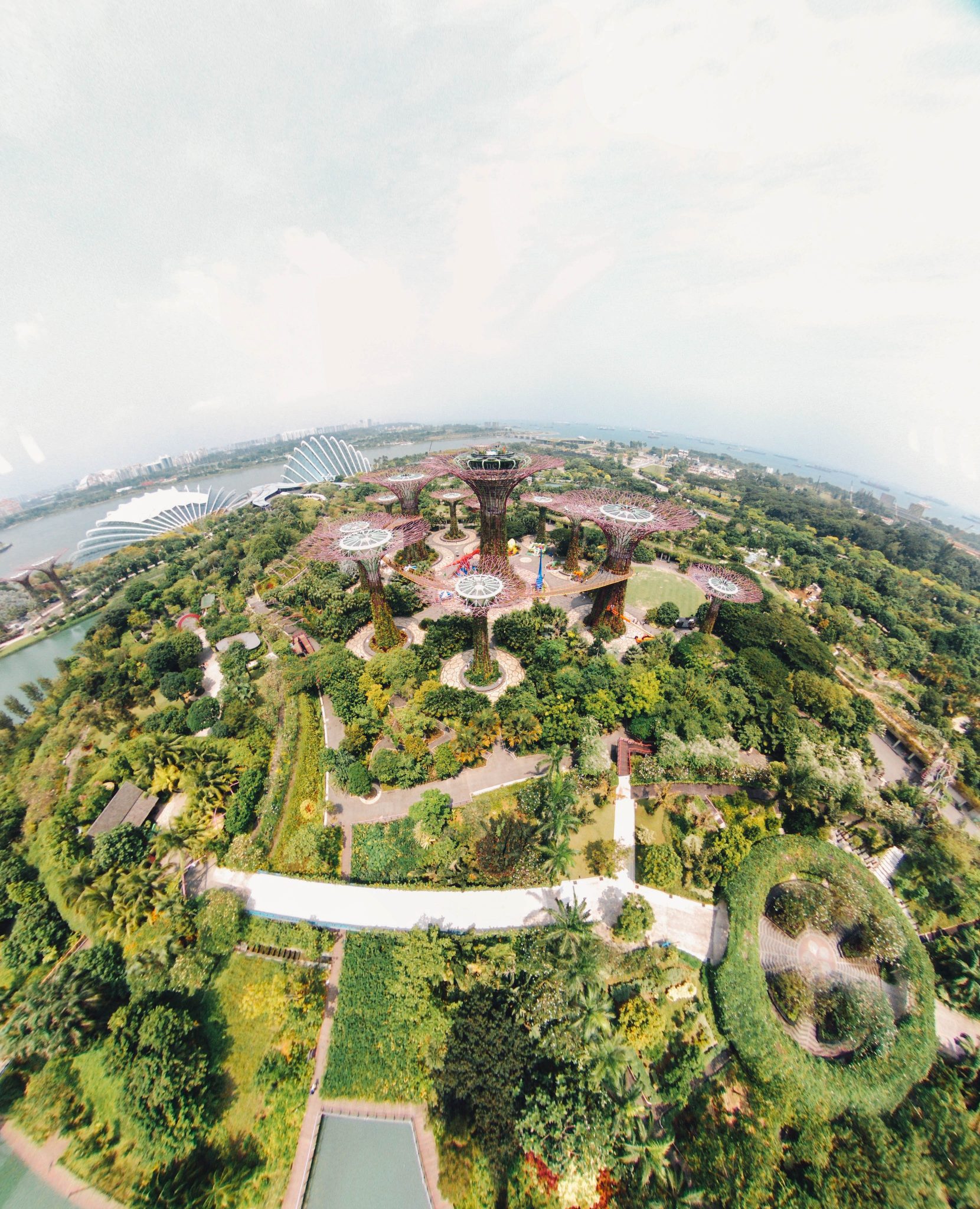With technology whittling away at our attention spans, our sense of place is vanishing. In an extract from his new book, Nick Dunn explains how a simple night-time stroll can help us to profoundly reconnect with our surroundings
In our era of ever-more rapid technological development, the deep-seated connections we have to our urban landscapes are at real risk of being lost. The abundance of information available on a portable screen – telling us where to go, what to do and who to meet – mediates our relationship to the city, distancing us from its physical and, to some degree, psychological realities.
To reclaim some of what is being lost, I propose walking in the night. This is not the chest-beating, public declaration of protest as commonly understood, but a gently recalcitrant act against the confines of the daily grind. To venture into the “thickness” of the night is to experience, in a powerful and visceral way, a much broader world than that which exists during the daytime.
Recent years have seen lines drawn across many of our urban landscapes: previously tangible city limits hewn in stone or set in concrete, joined by invisible ones scanned by cameras. The digital panopticon of CCTV and other surveillance technologies ensures those same landscapes are mapped, recorded and classified almost out of existence.
It is not just cities that are changing, but us too. Increasing demands on our attention skew and stretch time. Leisure time as indistinct from work time – arguably one of capitalism’s finest constructs – is being constantly sucked into an internet wormhole: work emails penetrating outside office hours; 24/7 concentration required for our always-on, always-connected existence; just-in-time delivery lifestyles encroaching effortlessly into our evening and night.
From our partners:
The old crutch of recuperation and “temporary social distance”, as Murray Melbin termed it, that the nocturnal hours used to provide is now little more than a matchstick, worn down by instant and incessant communication, 140-character epistles and the fear of missing out.

This is exactly the point of apparent purposelessness: that we can go and enjoy our urban landscape without recourse to purchase or online activity, the digital umbilical cord disconnected at least for a while. This is the city of the imagination laid over the topography of manufacture, commerce and consumerism. Our bodies become translators between these two cities, decoding and reinventing with each footstep.
Of equal importance to the reading of the city is the physiological alteration: our internal weather system changes, increasingly attuned and tethered to our immediate surroundings. Out there is the endless possibility of night stretching out in every direction; in here, the thoughts and emotions ebb and flow in response to the body’s changing isotherms.
The crepuscular fabric of cities has featured in many fictional narratives, but it is an essential part of our lived experience too. Streets can become supernatural and even magical at night, can appear otherworldly and beyond any pressing social concerns, gilded by the glow of streetlamps.
Rather than being daunted by the penumbra of the built environment, walking into the night can be a refractory act against the restraints of daily chores; a means of dissipating the heft of familiar roles and responsibilities. Even in those parts of the city with the greatest light pollution, the absence of people can be a strange and exhilarating experience. This is when we are most able to engage all our senses with the city.

But that is not to say you always need to be alone. On a short visit to Seoul a couple of years ago, its permanent neon aura (coupled with jet lag) led me down to the Cheonggyecheon public park. This is a relatively recent development replacing the highway that once bifurcated the district and covered the original stream that ran there.
As well as fostering natural habitat, improving cooling of neighbouring areas and increasing the uptake of public transportation, the park has put significant numbers of the city’s inhabitants and visitors back in touch with darkness. And while some areas along the waterway were well lit, considerable stretches were not. Families, young couples, elderly groups and solitary walkers from a broad demographic all wandered along, enjoying the night air and coursing water as it streamed past.
‘A labyrinth for the newcomer’
Our reliance on visual perception is overrated in the city. Many of us have experienced near-collisions with other pedestrians who are focused on the device in their hand rather than the world around them; a situation exacerbated by headphones. This kind of retreat into oneself provides even greater delineation between the city and its people.
Our lack of attention to the immediate environment is driven by the belief that we are being more productive by inhabiting two worlds at the same time. We are not. Instead we move about in relative limbo: neither fully engaged in the here and now, nor completely devoted to the matters that distracted us in the first place. Our slavishness to anything new is debilitating. Our desire to mediate the world through technology assumes we are able to successfully operate a dual existence – in reality, we do well to negotiate our way around each other on the pavement.
So what if we leave all these virtual versions alone, and engage with the actual? Another question slides into view: how to make sense of any city – let alone at night, when our reliance on the visual is at best diminished, if not completely misleading? Finding one’s way around is essential , but our understanding of cities does not always correlate to the descriptions offered by plans and cartography. Walter Benjamin describes this disorientation between the actual experience of the city and its many representations:
More than half a century ago, Kevin Lynch undertook pioneering research on how individuals perceive and navigate cities, in order to better understand such phenomena. His seminal work, The Image of the City, explained that people understood their built environment via cognitive maps that facilitated their recall of information from the urban landscape. Whether the contemporary city is equally legible is highly questionable.

Further complications arise when we transpose this mapping to the nocturnal city, which may resist familiarity and congruence. Indeed, we may experience alarm and discomfort due to our overreliance on the visual during the day. Dark space is frequently perceived as the unnerving harbinger of the unseen,
[infobox title=’Anthony Vidler discusses:’]Space is assumed to hide, in its darkest recesses and forgotten margins, all the objects of fear and phobia that have returned with such insistency to haunt the imaginations of those who have tried to stake out spaces to protect their health and happiness.[/infobox]Separating fear and darkness is no small task, especially given the depiction of cities at night which, whether fictional or factualised, is often dramatic and threatening. It is here we enter what Bert de Munck defines as “the prosthetic paradox”. This is a condition where the accumulation of surveillance technologies in our cities corresponds with heightened anxiety and fear.
So is it possible to embrace darkness positively? To do so, rethinking our perception of it as not merely being the absence of light may be important. “There is something positive about [darkness],” wrote Roger Caillois. “While light space is eliminated by the materiality of objects, darkness touches the individual directly, envelops him, penetrates him, and even passes through him …”
Architecture is undoubtedly a spatial art, yet it may also be understood as a temporal one. The architect Peter Zumthor observes that our perception of atmosphere is intuitive, having evolved through an advanced emotional sensibility: “Not every situation grants us time to make up our minds on whether or not we like something – or whether, indeed, we might be better heading off in the opposite direction.”
Such emotional sensibility is further sharpened in the nocturnal city when our eyes are less dependable as a means to make sense of what surrounds us. Moreover, the city itself transforms in character: simultaneously revealing and obscuring different elements as its architecture morphs and melds. At night, the entire city can become spolia for new monuments.
It is these rich, otherworldly qualities of the everyday environment cast into shadow that stir what the poet Louis Aragon described as “the whole fauna of human fantasies, drifting and luxuriating in the dimly lit zones of human activity, as though plaiting thick tresses of darkness.”
The night-time city is full of opportunities to probe, examine and elucidate. One of the considerable pleasures of nightwalking is the personal character of it, to be engaged with at whatever frequency, duration and scale suits the individual. It opens up both the city and ourselves.
Walking with another person at night gives the experience a shared outlook, and an implicit confessional structure. Walking alone, whilst perhaps unnerving to begin with, provides the full spectrum of intuition and multi-sensory attention to be navigated.
To walk in the city at night is to extemporise. It is an escape from the interdictions of daily life; an exaltation of endless discovery and joy in being alive, at New York at night: ‘An alternative, liminal habitat awaits us in the nocturnal city.’ In whichever of these ways appeals to you, before the sun rises again, the nocturnal city awaits you.
This feature originally appeared in The Guardian.













